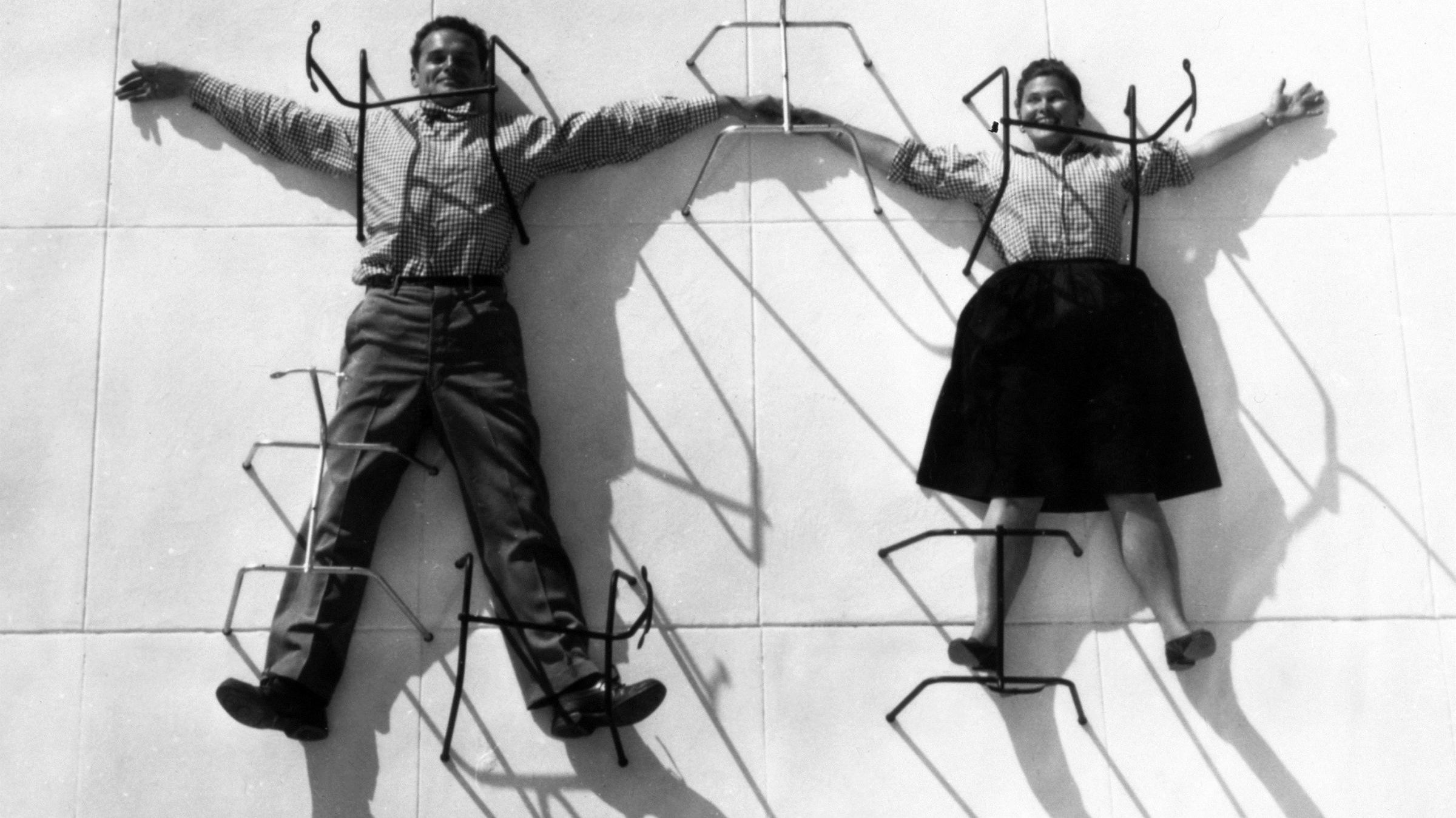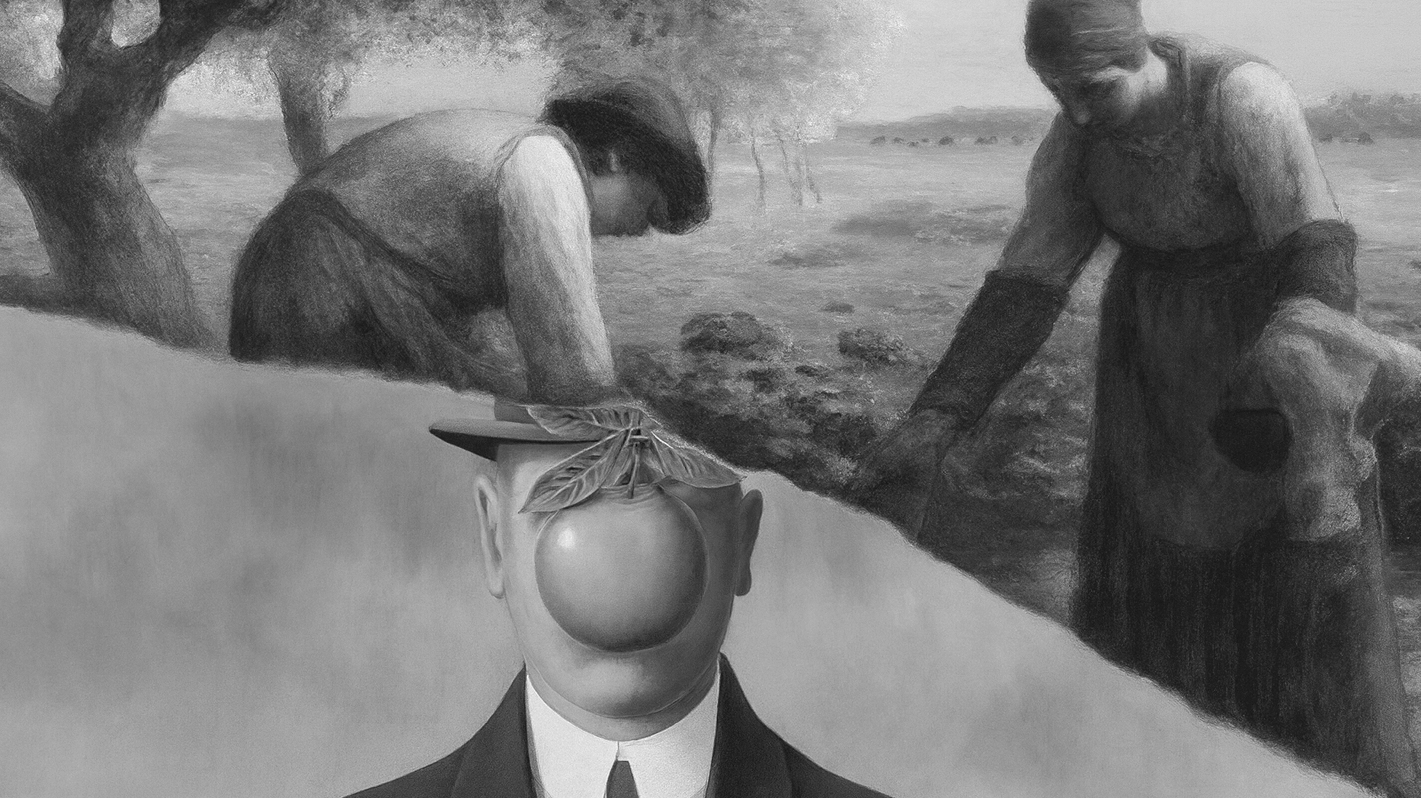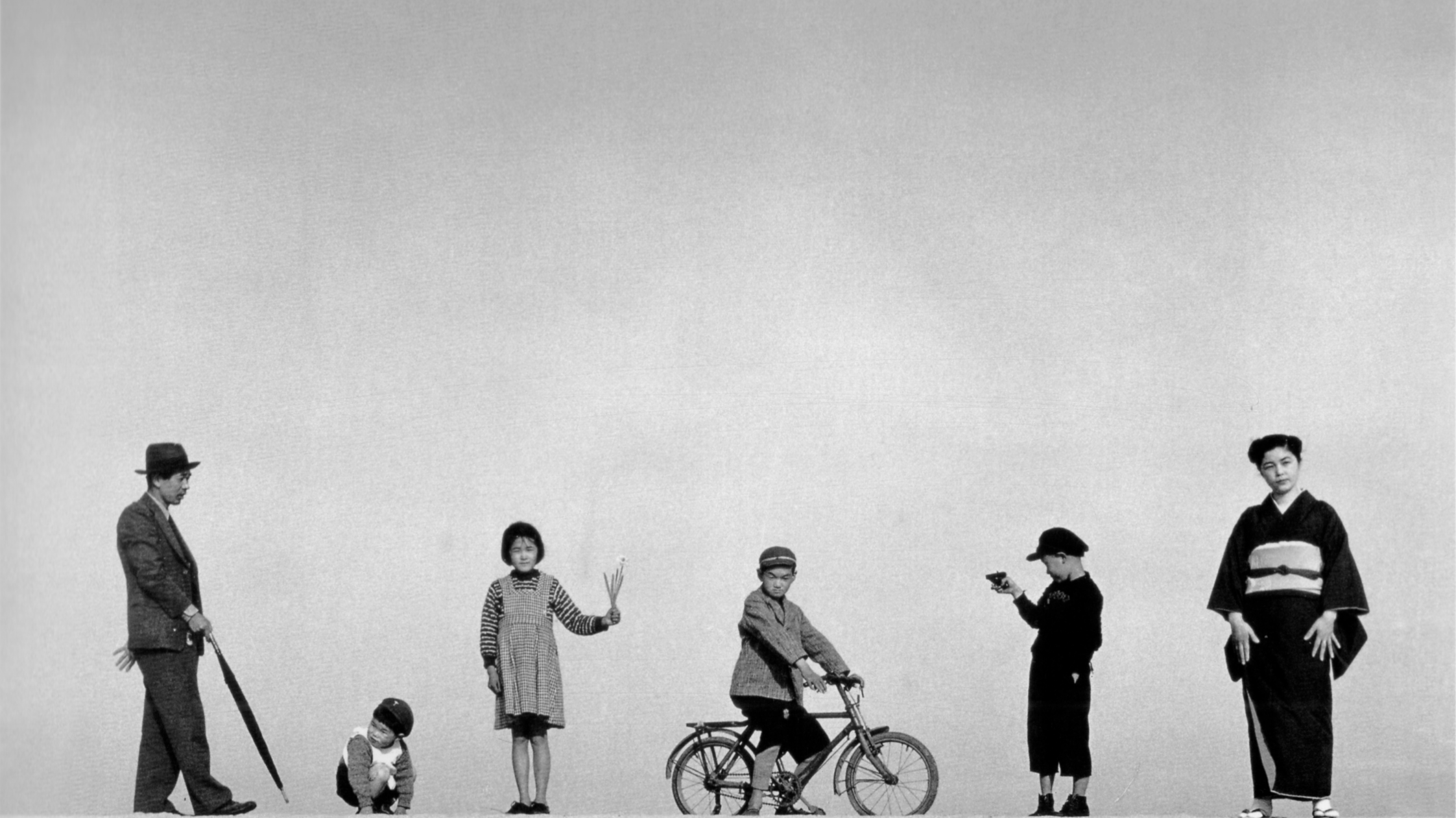The Cultural Significance of Autumn Leaves in Japan
Just like cherry blossoms in spring, autumn leaves hold a special place in the hearts of Japanese people, serving as a reminder of life's ephemerality. This season encourages everyone to appreciate what we have before it fades away. Japan's autumn is celebrated for its breathtaking transformation, with landscapes painted in shades of red, orange, and yellow. From mid-November to early December, people venture outdoors to admire the fleeting beauty of maple and ginkgo trees at their peak. Unlike spring’s cherry blossoms, which symbolize renewal, autumn’s colors evoke reflection and an appreciation for life’s impermanence—a concept known as mono no aware (物の哀れ). This idea expresses a poignant awareness of transience, a beautiful sadness that comes from the passing of moments, much like the vibrant leaves that are about to fall.
(Japanese Autumn Leaves: Momiji, Koyo, and the Philosophy of Mono no Aware - dans le gris)
Momiji vs Koyo: Which Term Represents Autumn Leaves in Japan?
In Japanese, the term 紅葉 (pronounced either Momiji or Koyo) refers to autumn leaves. While the kanji is the same, each pronunciation conveys a slightly different meaning.
Momiji (もみじ) specifically refers to the Japanese maple trees (kaede, 楓) that turn brilliant shades of red, orange, and yellow in autumn. These maples are iconic symbols of autumn in Japan and are often regarded as the most beautiful trees of the season. Momiji is so cherished in Japanese culture that it features prominently in art, poetry, and seasonal celebrations. In places like Kyoto and Nikko, where Momiji trees are abundant, the vibrant red and orange leaves transform temple grounds and mountain trails into picturesque autumn scenes, drawing both locals and visitors from around the world.

Photo by KLT Dinusha via Pexels.
Koyo (こうよう), on the other hand, broadly refers to the changing colors of all trees in autumn. It includes not only maples but also ginkgo, zelkova, and other trees, all of which create a vibrant, multi-colored landscape. Koyo captures the collective experience of autumn across Japan, from forests and mountains to gardens, as multiple tree species transform in unison. More than just a word, Koyo represents a concept—the natural process of leaves changing colors in autumn and the beauty of the seasonal transition. It marks a time when people slow down to observe nature's gradual transformation and marvel at the fleeting colors that highlight the cycle of life. In contrast to spring’s cherry blossoms, which symbolize renewal, Koyo evokes introspection, encouraging people to find beauty in the passage of time and the inevitable change of the seasons.
The Meaning and Tradition of Momijigari
Why is it called "hunting"? Originally, -gari (狩り) was used exclusively for hunting animals. Over time, however, the Japanese began to use -gari to describe the search for seasonal plants and flowers in the countryside. For example, kinoko-gari (きのこ狩り) refers to mushroom hunting in the mountains, and shiohi-gari (汐干狩り) means digging for shellfish on the beach at low tide. Eventually, this term was also applied to the viewing of autumn leaves, leading to the term momijigari.

Photo by Rui Wang via Pexels.
During this season, it’s common for friends and family to invite each other to go “hunting for autumn leaves” together, celebrating the deepening of fall and the arrival of cooler days. As people take in the changing colors—fiery reds, warm oranges, and bright yellows—they are reminded of the beauty and transience of nature. Momijigari offers a chance to pause and reflect before the trees shed their leaves for winter. This tradition holds a special place in Japanese culture, as people cherish the sight of autumn’s warm colors before the cold, dark winter settles in.
This practice is similar to hanami (花見), the custom of enjoying cherry blossoms in spring, but it focuses instead on the reds, oranges, and yellows of fall. During momijigari, people travel to famous spots, often in natural settings like mountains, forests, parks, and temple gardens, where the changing colors of maple, ginkgo, and other trees can be fully appreciated. Kyoto, Nikko, and the Japanese Alps are some of the most popular destinations for this seasonal activity.
Momijigari isn’t only about enjoying the beauty of nature; it also reflects the cultural value placed on appreciating the fleeting nature of life, a concept deeply rooted in Japanese aesthetics. As autumn leaves change color and fall, they remind people of the transience of life and encourage them to enjoy each moment.
(Japanese Autumn Leaves: Momiji, Koyo, and the Philosophy of Mono no Aware - dans le gris)
Mono no Aware and the Beauty of Autumn Leaves
Mono no aware (物の哀れ) is a Japanese aesthetic concept that finds beauty in impermanence and transience. The word mono means "thing" or "things," while aware refers to "feeling" or "sentiment," and the particle no indicates possession. Often translated as "the pathos of things" or "the beauty of fleeting moments," it reflects a gentle awareness of life’s transient nature and a poignant sadness at the passing of moments, lives, and objects—much like the vibrant colors of autumn leaves just before they fall. This aesthetic encourages us to embrace the bittersweet truth that beauty is often tied to things and moments that inevitably fade.
In Japanese culture, it is widely believed that the group is valued over the individual, with people being highly sensitive to even the smallest changes in their surroundings. There is a strong emphasis on reading the atmosphere and picking up on subtle signals from others, including non-verbal cues such as facial expressions and gestures. This sensitivity is particularly important in relationships, including love, where true connection can only be formed by understanding and touching upon the deepest emotions of another person.
This cultural sensitivity has deeply influenced Japanese art and literature, which often focus on the emotional resonance of mono no aware—the beauty found in transience. Themes such as falling cherry blossoms, the changing moon, the passing of the seasons, the plaintive calls of birds or insects, and the absence of friends or loved ones reflect this awareness of life's fleeting nature.
One of the most powerful embodiments of mono no aware is momiji—the stunning colors of autumn leaves. As the maple and ginkgo leaves turn vibrant shades of red, orange, and yellow each fall, they offer a breathtaking display that captivates people across Japan. Yet, this beauty is fleeting, lasting only a few weeks before the leaves fall, leaving behind bare branches and signaling the arrival of winter. This brief, intense beauty encourages people to pause and reflect, filling them with a bittersweet appreciation of life’s temporary, ever-changing nature.
Through momiji, mono no aware becomes an experience, not just an idea, reminding people to cherish the present moment, recognizing that each moment—like the colors of autumn—is both precious and transient.
(Japanese Autumn Leaves: Momiji, Koyo, and the Philosophy of Mono no Aware - dans le gris)
Read More Lifestyle Articles:
• What is Mottainai? The Meaning Behind the Japanese Philosophy of Sustainability
• 7 Essential Ikebana Principles for Understanding Japanese Art of Flower Arrangement
• Wabi Sabi Meaning: Embracing Imperfection in Japanese Aesthetics
• Japanese Tea Ceremony: The Philosophy of "One Encounter, One Chance"
About Us
Dans Le Gris is a brand that began with everyday jewelry, with each handmade piece designed and crafted in Taiwan. We deeply value every detail, dedicating ourselves to creating timeless pieces through collaboration with experienced craftsmen.
In our journal, we provide irregular updates featuring articles about art, culture, and design. Our curated content encompasses diverse aspects of life, with the aspiration to offer meaningful insights and inspiration.






